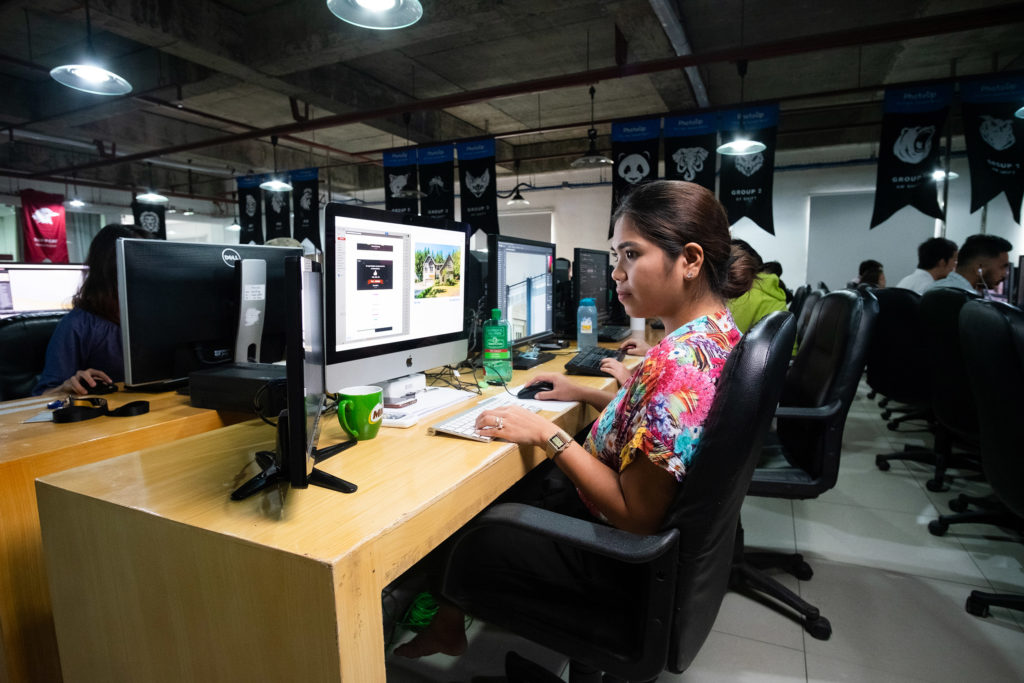Producing an amazing real estate photo takes quite some time. And one of the most time-consuming aspects of real estate photography is editing those images to perfection. No matter how good the RAW image is, a certain degree of editing is needed to produce a perfect, high-quality real estate photo.
Unless you are specially skilled in image post-processing, editing can take up quite some time, up to 20 minutes or more if the image needs a lot of work. And in the course of a project, the photographer needs to edit more than one image, sometimes a dozen or more. If you do the math, that is a lot of time spent on editing! That is time that could be spent on more important things such as:
- marketing your business
- working on more projects
- working on your hobby, sport, or passion
- spending time with family and friends
- going on a well-deserved vacation
That is why many real estate photographers resort to outsourcing their post-processing tasks. Outsourcing photo editing frees them from the time-consuming task of editing, allowing them to allocate that time to more important work. Another advantage is providing a job to those in need. Photo editing is a big business that employs many people around the world, specifically in countries with high poverty and low employment rates like India, Vietnam, and The Philippines. By working with a socially responsible photo editing company, you will not only be helping make your business more scalable and efficient, but you’ll also be having a real positive impact on the lives of your photo editors.

If you’re a real estate photographer who plans on outsourcing your post-processing work, congratulations! You made a wise decision. To ensure effective, efficient, and harmonious outsourcing, photographers need to overcome communication obstacles between you and your outsourced team. These tips should help make interactions with your editing team better, faster, more efficient, and with less chances of misunderstanding.
Use established communication channels when outsourcing your photo editing

Whether it be private messages or emails, all communication should be done through established channels. Both parties must agree on time frames and processes. Also, commit to monitoring these channels daily. By doing this:
- messages are documented
- recipients will always be aware of the messages
- recipients will always reply to messages
It is even better if your outsourcing company has a dedicated and customized communication channel. A dashboard, for example, that allows photographers to upload photos, give instructions to editors, create sub-accounts for your associate photographers, and provide ratings for your editors. The more established and documented your communication is, the better your edits will be in the long run.
Communications are encouraged to be as interactive as possible

Photo editors are still humans, and sometimes, misinterpretation or misunderstandings can occur. Reduce the chances of these happening by being proactive. Clearly state your instructions to them. The more specific your instructions, the easier it will be for them to understand what you want accomplished. At the end of the day, over communicating is always better than under communicating. Ask questions, be open minded, and listen to their answers and suggestions. Here’s a great article on how to work with your photo editing team.
Interactive communication is important at all levels not just for excellent service and results but also for a more beneficial, meaningful, and long-lasting business relationship.
Accept that there will always be diversity

Many outsourcing companies are located in another country. Therefore, it is inevitable that there will be cultural differences. For example, the English that they practice can have nuances that may not be familiar to you (or might hit some sensitivities). Cultural habits that are pretty normal in your country may be unfamiliar and strange in your team’s country. At the end of the day, refrain from using slang or abbreviations that may become confusing for someone in another country.
Once in a while, communicate live

It is admittedly difficult to meet your editing team if they are located halfway around the world. However, it is strongly recommended that you hold meetings where you can see and talk to your team in real time. Love conference calls using video conferencing tools like Skype or Zoom allow you to interact with each other and get more done in a shorter time frame. Face it, a lot more can get accomplished in a 5 minute phone call as opposed to crafting a 20 minute email.
Live communication allows you to gauge your team’s communication skills, check their work attitudes, and observe their work culture. Not to mention, you’ll be building relationships with your editing team that is sure to provide another level of commitment, understanding and appreciation for the person on the other end of the image.
Make sure there are escalation mechanisms in place

Sometimes, problems and disputes that are beyond your team’s capability or authority may arise, regardless of how strong your relationship is. The intervention of a “higher power” may be needed to resolve an issue. As such, your team must have an escalation and dispute management mechanism. A clear protocol must be followed, and there should be a top line decision maker in the chain of command. It’s not really a pleasant experience if you’re being transferred around from one person to another, or offered unclear, vague, or ineffective solutions.
Before signing a contract of service, always ask the provider if they have an escalation system and how it works. This is an important aspect to ensure continued relationships and actually getting what you paid for.
Ready to outsource your photo editing process? Make sure you take the time and effort to communicate effectively with your team, and you won’t regret your decision to in outsourcing your photo editing.





